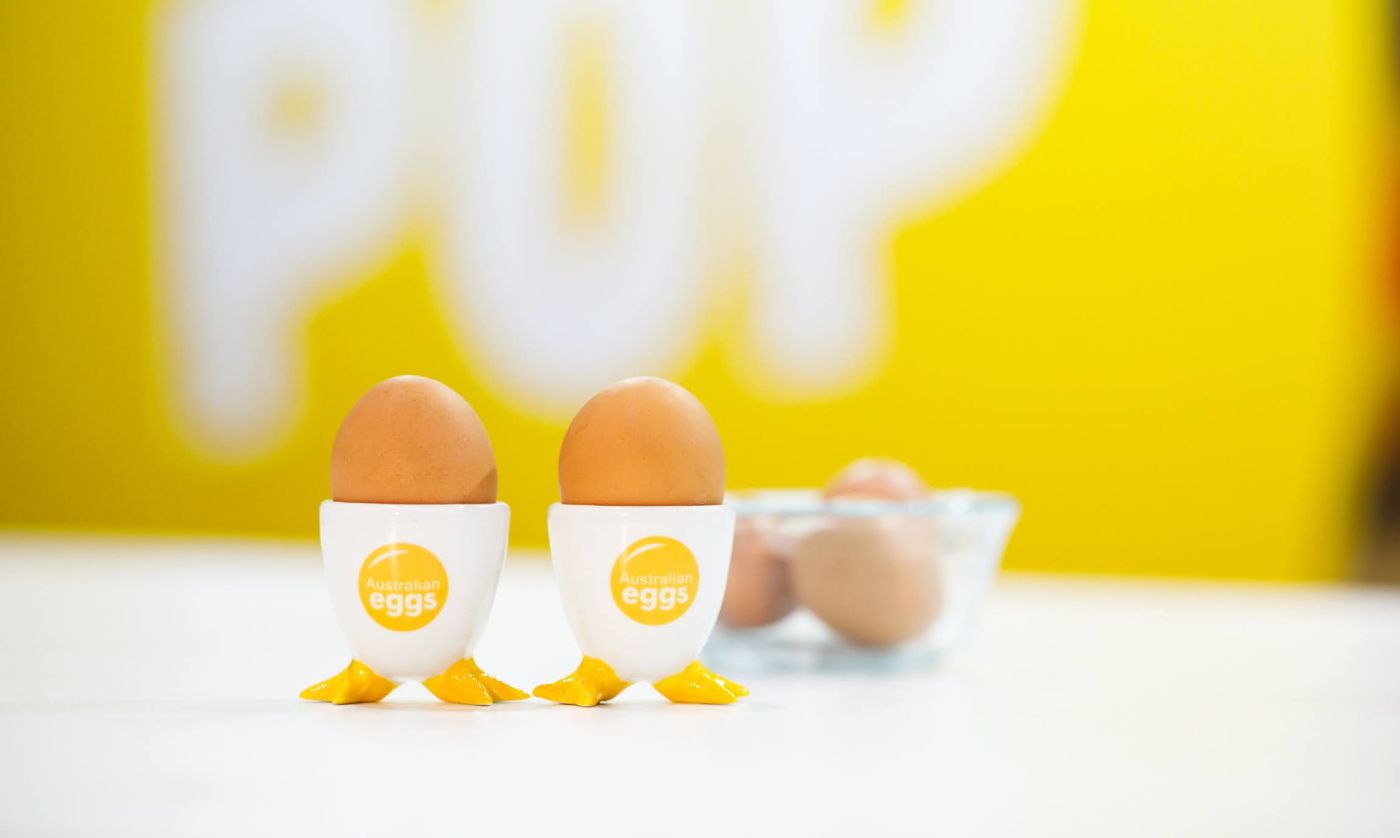Smokin’
Published 01 Jun, 2015From Smokin’ Barry’s smoked BBQ ribs, to the delicate smoked broth at Quay Sydney, the technique of smoking food is a favourite across the culinary world.
For food enthusiasts the process can become very addictive, because as you are about to find out it opens a whole world of possibilities and endless trial and error to find the perfect technique.
Smoking dates back to the days of the cavemen when it was primarily used to preserve food, particularly when combined with salt curing. However, thanks to the invention of the fridge we can now focus on the more culinary uses of smoking. So why smoke? Smoking food infuses it with an extra dimension of delicious flavour that is unlike anything else. This method of slow cooking also helps to retain moisture, resulting in tender melt-in-your-mouth meats.
There is also something very alluring about the ritual of smoking food that taps into your primitive senses and brings out your inner caveman. Alder wood is traditionally used in Europe, but oak is also very common, as well as beech, hickory, pecan, maples, and fruit trees such as apple, cherry, and plum. The idea is that different types of wood release different chemical compounds when they burn and infuse food with different flavours.
To smoke your own food at home you can either buy a smoker, or make a DIY setup, but the basic steps have remained largely unchanged for hundreds of years. Your chosen material is burnt to create smoke and then the smoke is directed through a chamber where the food is suspended. Often a water bowl is placed between the coals and the food in order to create humidity, which helps the flavour to penetrate and the food to keep moist.
While there are many different methods, there are generally two main techniques of smoking
- Hot Smoking is when food is smoked between 52 to 80˚C. Within this temperature range food is fully cooked through, moist and absolutely delicious. Any hotter than 85˚C though and the moisture is cooked away.
- Cold Smoking is a slightly more difficult method to try at home as it needs special equipment to smoke at between 20-30˚C. This method is used just for flavouring and so often food is cooked before smoking.
If you want to start experimenting with smoking your own food, try beginning with something simple like fish or smaller pieces of meat. Once you build up confidence there is an endless list of foods you can try, from the obvious ones like vegetables and nuts, to cheese and spices, and more unusual things like tea, coffee, whiskey and chocolate. Just remember if you’re cooking in your kitchen, don’t forget to turn the smoke alarm off!











